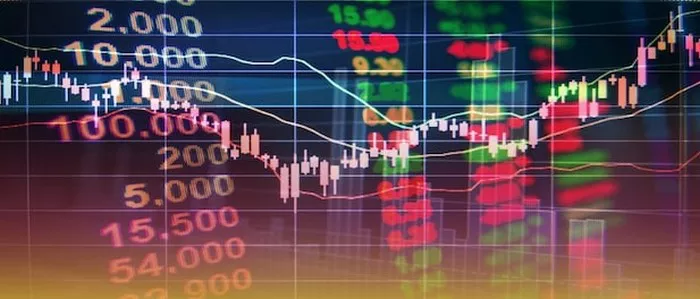Futures contracts are standardized financial agreements that allow traders to buy or sell an underlying asset at a predetermined price on a specified future date. These contracts play a crucial role in financial markets, providing participants with a means to hedge risk, speculate on price movements, and manage exposure to various asset classes, including commodities, currencies, and financial instruments. Central to the structure of futures contracts are their maturity months, which determine the expiration date and settlement period for each contract. In this article, we delve into the concept of futures maturity months, exploring how they work, why they matter, and their significance for traders and investors in the derivatives market.
Understanding Futures Contracts
Futures contracts are derivatives instruments that derive their value from an underlying asset, such as commodities (e.g., gold, oil), financial instruments (e.g., stock indices, interest rates), or currencies (e.g., US dollar, euro). These contracts are traded on organized exchanges, where buyers and sellers come together to establish positions based on their outlook for the underlying asset’s price movement. Futures contracts are standardized in terms of contract size, expiration date, and delivery specifications, making them fungible and tradable instruments.
Introduction to Futures Maturity Months
Futures contracts have specific expiration dates known as maturity months, which indicate the month in which the contract expires and settles. Each futures contract is assigned a unique maturity month, allowing market participants to differentiate between contracts with different expiry dates. Maturity months are typically designated using a standardized notation system that specifies the month and year of expiry. For example, a futures contract expiring in December 2024 may be denoted as “Dec 24” or “Z4,” indicating December 2024 expiry.
Role of Maturity Months in Futures Trading
Maturity months play a critical role in futures trading, as they determine the timeline for contract expiration, settlement, and rollover. Traders must be aware of the maturity month of the futures contracts they are trading to avoid unintended delivery or settlement obligations. Additionally, the choice of maturity month can impact trading strategies, liquidity, and pricing dynamics, as different contracts may have varying levels of market activity and participation depending on their proximity to expiry.
Cycle of Futures Expiration and Rollover
Futures contracts follow a cycle of expiration and rollover, with new contracts introduced periodically to replace expiring ones. The expiration date for each futures contract corresponds to the last trading day, after which the contract settles either through physical delivery or cash settlement, depending on the underlying asset and contract specifications. As expiry approaches, traders may choose to roll over their positions by closing out expiring contracts and opening new positions in subsequent contracts with later maturity months, thereby extending their trading horizon and maintaining exposure to the underlying asset.
Choosing the Right Maturity Month
Selecting the appropriate maturity month is a critical decision for futures traders, as it can impact trading strategies, risk management, and performance outcomes. Factors to consider when choosing a maturity month include market conditions, volatility expectations, economic events, and personal trading objectives. Traders may opt for contracts with shorter or longer maturity months depending on their outlook for the underlying asset’s price movement and their preferred trading timeframe.
Market Dynamics Around Maturity Months
Maturity months can influence market dynamics and trading activity in the futures market, particularly as expiry approaches. In the weeks leading up to expiration, trading volumes and volatility may increase as traders adjust their positions and roll over contracts to avoid delivery or settlement obligations. Additionally, price discrepancies between futures contracts with different maturity months may arise, creating arbitrage opportunities for traders seeking to capitalize on pricing inefficiencies.
Managing Risks Associated with Maturity Months
Trading futures contracts involves inherent risks, including price volatility, liquidity constraints, and counterparty risk. To mitigate risks associated with maturity months, traders should employ robust risk management techniques, such as setting stop-loss orders, diversifying their positions across multiple contracts, and monitoring market sentiment and news events that may impact contract expiry. Additionally, traders should stay informed about contract specifications, expiration dates, and settlement procedures to avoid unintended delivery or settlement obligations.
Conclusion
In conclusion, futures maturity months are a fundamental aspect of futures trading, influencing contract expiration, settlement, and rollover procedures. Understanding the role of maturity months in futures contracts is essential for traders and investors seeking to navigate the complexities of the derivatives market. By selecting the appropriate maturity month, managing risks effectively, and staying informed about market dynamics, traders can optimize their trading strategies and capitalize on opportunities in the ever-evolving world of futures trading. As the derivatives market continues to evolve, futures maturity months will remain a key consideration for participants seeking to manage risk, hedge exposure, and speculate on price movements across various asset classes.


